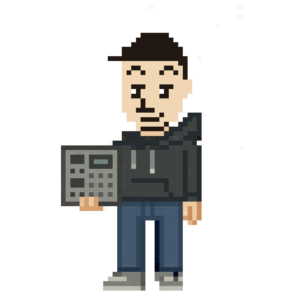The world of audio editing offers infinite possibilities to music and audio technicians. One such innovation is ‘non-destructive editing’ in waveform editing. This article will elaborate on the importance of non-destructive editing and its benefits.
Let’s start by understanding what non-destructive editing is and its features. This term refers to the concept where the original file remains unaltered when editing an audio file. Non-destructive editing offers a ‘control-Z’ type function to revert specific changes. In this method, the original audio file remains intact, and the edits are done on a separate layer. This is a common method used in Digital Audio Workstations (DAWs) and other waveform editing tools.
Why is non-destructive editing important? First and foremost, this method preserves the quality of the material. When you directly edit an audio file, there’s a chance that data could be lost with each alteration. However, non-destructive editing allows you to maintain the original material while performing edits. Thus, even if a mistake is made, it’s possible to retain the original data.
Non-destructive editing opens doors to creativity and experimentation. For instance, if you tried an effect and it didn’t work, or if a new idea comes to mind, you can easily make changes. With non-destructive editing, you can backtrack your edits step by step, which allows the editor to experiment freely.
Furthermore, non-destructive editing enhances efficiency. Especially in large-scale projects, there’s a need for repetitive tasks. Non-destructive editing allows you to save changes and reuse them later. This eliminates the need to do the same edits over and over again.
However, when carrying out non-destructive editing, you must consider disk space and processing power. Non-destructive editing creates a copy of the audio file and edits based on that. While it has the advantage of not altering the original file, it can consume a significant amount of disk space. Hence, it’s crucial to check your storage capacity and computer performance.
Lastly, non-destructive editing enables professional editing work. In various audio projects like music production, podcasts, post-production of films, etc., non-destructive editing has become a standard editing method.
In conclusion, non-destructive editing is a powerful tool in audio editing, preserving the quality of material, promoting creativity, and improving efficiency. We strongly recommend considering non-destructive editing when doing waveform editing. In the world of audio editing that always seeks quality and efficiency, non-destructive editing is a vital technique.


Leave a Reply